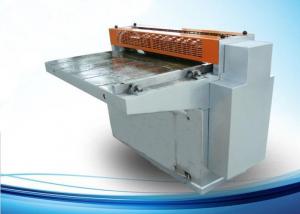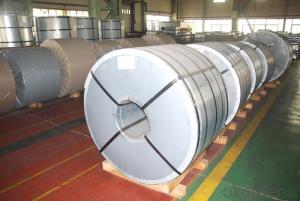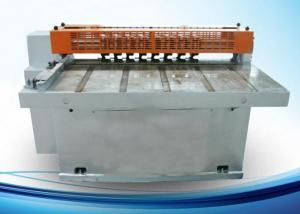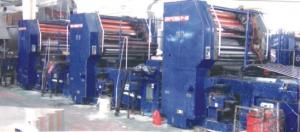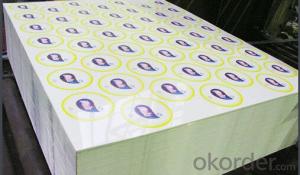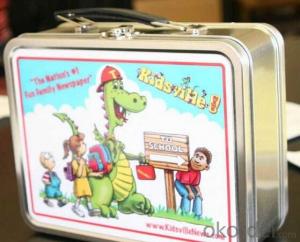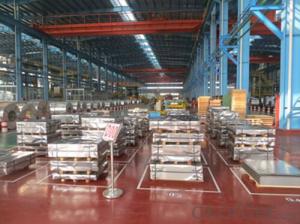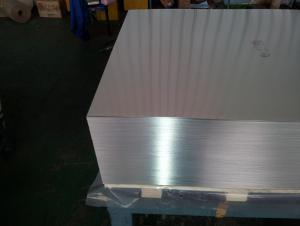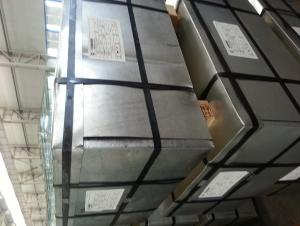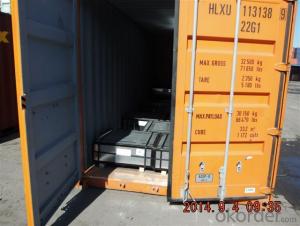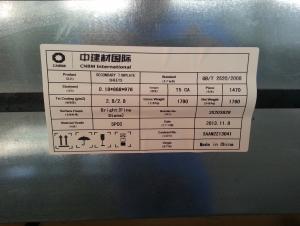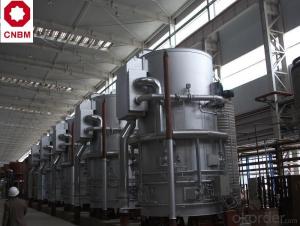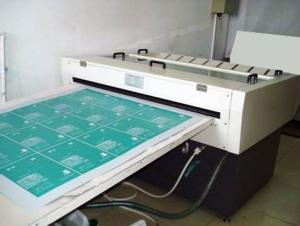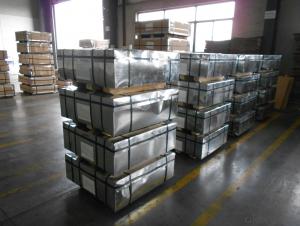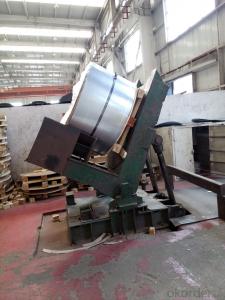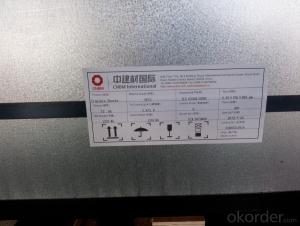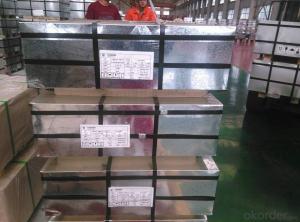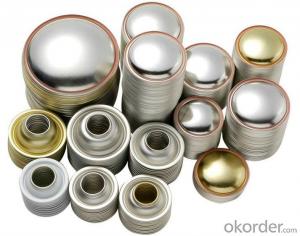Misprint Tinplate
Misprint Tinplate Related Searches
Printed Tinplate Printing Tinplate Tinplate Printing Tinplate Recycling Tinplate China Tinplate Cover Tinplate Printing Machine Buy Tinplate Tinplate Uk Tinplate Screener Tinplate Packaging Tinplate Layout Tinplate Coating Tinplate Factory Tinplate Tins Tinplate Can Tinplate Products Nse Tinplate Italy Tinplate Tinplate Share Tinplate Material Tinplate Crossword Clue Tinplate Shortage Printing Tinplate Sheet Tinplate Metal Tinplate Company Tinplate Service Center Tinplate Production Tinplate Sheets Tinplate BucketMisprint Tinplate Supplier & Manufacturer from China
Misprint Tinplate is a type of tinplate product that has minor printing defects or imperfections, making it unsuitable for certain applications where appearance is critical. Despite these imperfections, misprint tinplate can still be used in various industries for packaging, construction, and other purposes where the appearance is not the primary concern. This product offers a cost-effective solution for businesses looking to reduce waste and save on material costs while still maintaining functionality.Misprint Tinplate is widely used in the manufacturing of cans, containers, and other packaging materials, as well as in the construction industry for roofing and cladding applications. Its versatility makes it a popular choice for businesses seeking to reduce their environmental impact by utilizing materials that would otherwise be discarded. By incorporating misprint tinplate into their production processes, companies can achieve cost savings while also contributing to a more sustainable supply chain.
Okorder.com is a leading wholesale supplier of Misprint Tinplate, offering a vast inventory of this product to cater to the needs of various industries. With a commitment to quality and customer satisfaction, Okorder.com ensures that businesses have access to a reliable source of misprint tinplate at competitive prices. By partnering with Okorder.com, companies can benefit from the cost savings and environmental benefits associated with using misprint tinplate in their production processes.
Hot Products

